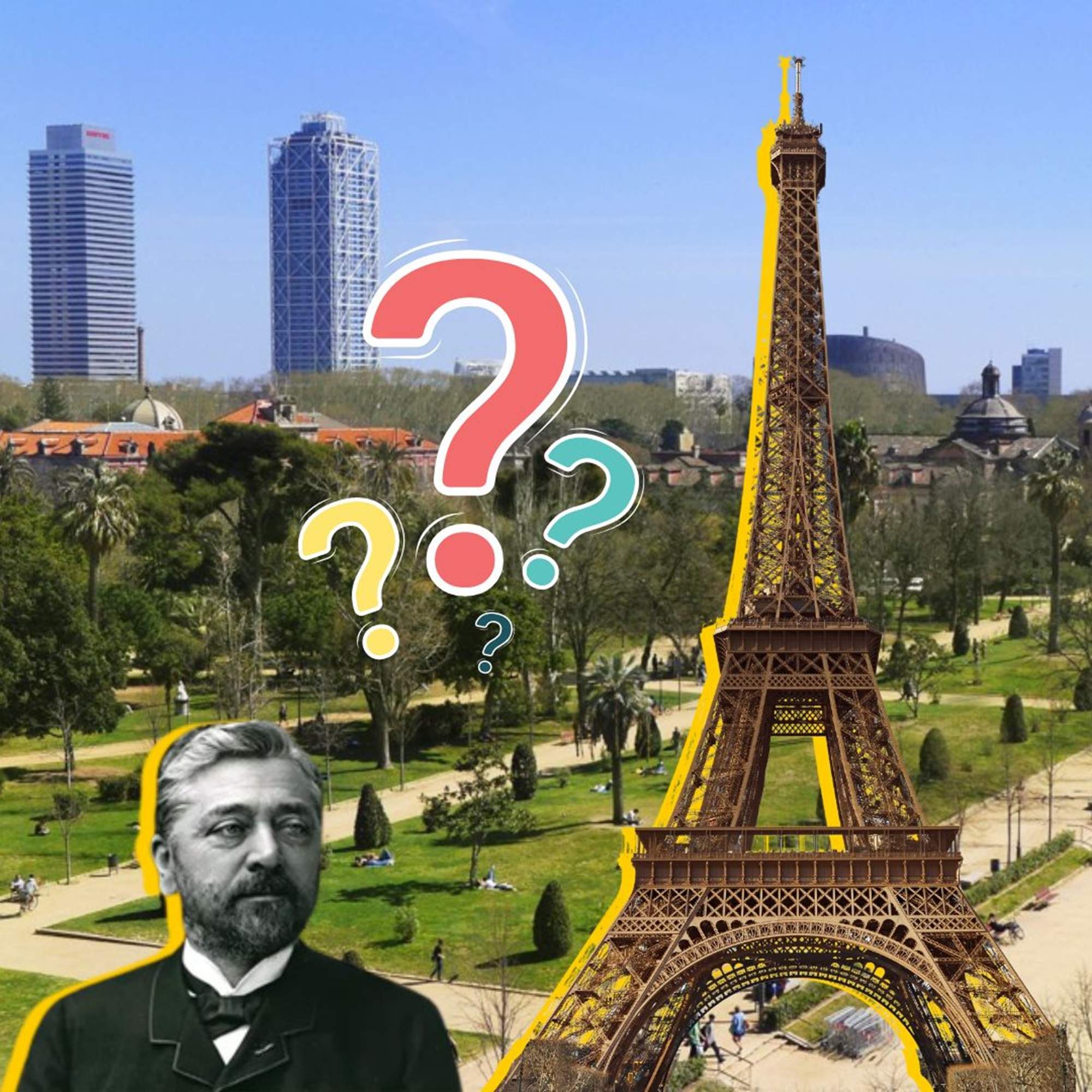Barcelona is a city of urban legends, from the ghost that haunts the Rocafort metro station to the girl who appears on the bend of the Arrabassada highway, and many more, but if there is one that has a special appeal to Barcelona's historical heritage and global prestige, it is the fake story that claims that Barcelona city council received the offer to host the Eiffel Tower, but rejected it and it finally went to Paris, where it has become the city's most iconic symbol. It only takes a quick internet search to discover that over the years, several media outlets have taken this story for granted, but there is no evidence to back it up. And yet, there are facts that can explain the reason for it all.
Let's take it step by step. The tale, as it is told, recounts that civil engineer Gustave Eiffel proposed to Barcelona City Council to build what would eventually become his famous Parisian tower as another element of the Catalan capital's Universal Exposition of 1888, but that the Barcelona council rejected it - they either said no out of hand, or due to its extravagance, according to the version - and finally the structure went to Paris, where it was erected on the occasion of that city's own Universal Exposition the following year, in 1889 - which also commemorated the centenary of the French Revolution. The story itself is a lie, but sprinkled with a touch of reality: in fact, Barcelona rejected three different towers that would have rivaled that of Paris. None of them, however, was proposed by Eiffel.
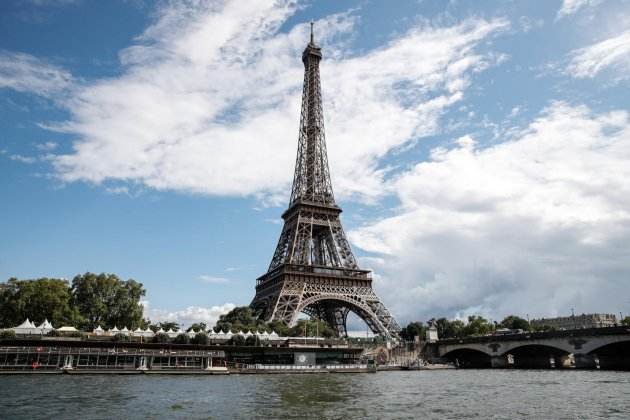
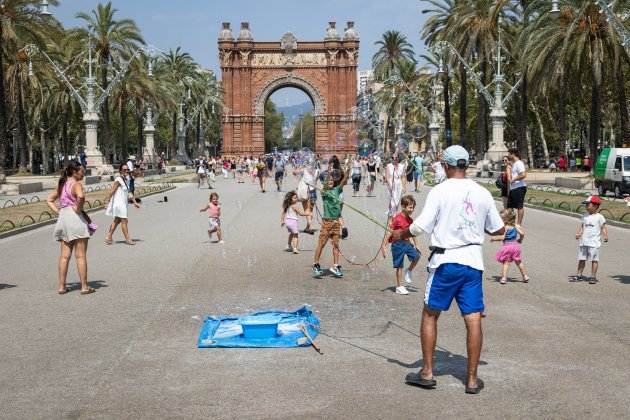
Let's look at the years before the Universal Exposition of 1888, an event conceived as a great showcase for Barcelona, intending to make the city known to the whole world as well as to provide architectural content for the space around the current Parc de la Ciutadella. The city council was receptive to all types of proposals for the Expo area and among those presented were three tower projects that could have been located in various locations, perhaps where the winning proposal was finally erected, which was the current Arc de Triomf, by Josep Vilaseca and Casanovas, as the entrance portico to the entire exhibition area.
The 'Torre Lapierre', a 200-metre tall timber construction
According to Carme Grandas in the work La Barcelona desestimada ("The rejected Barcelona"; Ambit, 2017), there were three proposals to build a large tower, one from timber, another out of stone, bricks and iron, and a third which, yes, would be like Eiffel's, constructed from iron, and even taller than that of Paris. The first of the towers, the wooden one, received the name of Torre Lapierre - the Lapierre Tower - "a proposal made by a French group from Toulouse who wanted it to reach a height, deemed reckless at the time, of two hundred metres". There is evidence of this proposal in the second edition, published in September 1886, of the newspaper La Exposición, the official organ of the contest, where it is specified that "the tower has 15 floors, in which restaurants and cafes can be installed; ascending the tower will be via two elevators and a very gentle staircase that will be placed around the elevator well”.
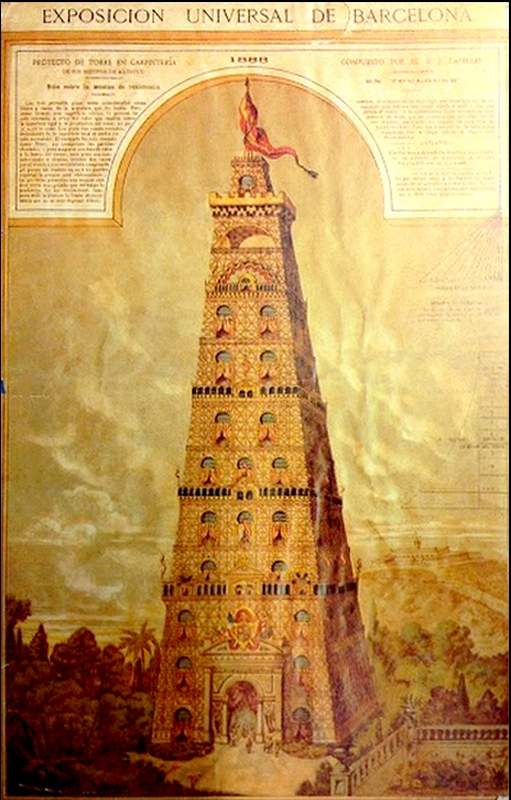
The vibrations seemed positive: the Exposition directors welcomed the proposal and began negotiations with the architect Lapierre, as stated in the fourth number of the event's newspaper in October 1886, which explains that "one can take for granted the plan for the huge tower, which has been covered, in a range of tones, by the press of all countries", and adds that "the author of this risky project, Mr Lapierre, has announced to the Exposition board his arrival in Barcelona within a few days, and it is more than likely that a definitive agreement will be reached for the erection of the 200-metre tower". Yet, in the end the project came to nothing, as Grandas explains: "Lapierre did not succeed in getting the Exposition organizers to assume the high expenses that the construction of the tower would entail".
On the other hand, according to issue 10 of La Exposición, from December 1886, the Torre Lapierre was going to be "a rival to the Eiffel Tower in Paris". In fact, the publication, which does not give any details of a hypothetical proposal by Gustave Eiffel in Barcelona, does dedicate an extensive article to talk about the Paris tower in its 19th edition of March 1887, when it had already been two months since the work had begun in the French capital. La Exposición presents arguments for and against this construction, but in no case is it mentioned that there had ever been the possibility of erecting it in Barcalona.
Torre Condal, iron, stone and brick - and 210 metres tall
The second proposal received the name of Torre Condal and was designed by a local architect, Pere Falqués i Urpí, author, among others, of the modernista lamp-posts on Passeig de Gràcia and as well as the Clot and Sants market buildings and the no-longer standing Barcelona slaughterhouse (on what is now the Parc de Joan Miró). In this case, it was a tower of iron, stone and brick which, according to Grandas, showed "a solid but heavy architecture, lacking in lightness, not at all attractive". La Exposición leaves reliable evidence of the project, assuring in issue 47, of April 1888 - a few days after the expo's inauguration - that this construction, "of 210 metres" only had one detail pending: "The only problem that needs to be solved is that of its location; but as the desire to see such a beautiful project realized is general, the solution will be found easily”. Despite the enthusiasm, it did not come to fruition either.
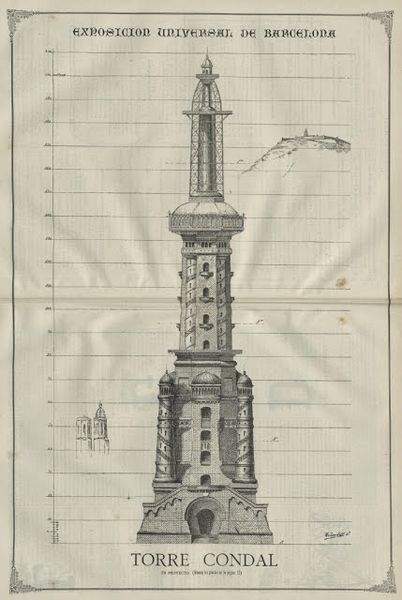
The Carbonell Tower, taller than the Eiffel Tower in Paris
As for the third, called Torre Carbonell, this was the one that would have most resembled the Eiffel Tower, since, according to Grandas, "it was envisaged as being three hundred and fifty metres tall, a height never before seen in Europe”, adding that the tower was to be built “exclusively from iron”, that is to say, the same material as the structure in Paris. This third plan, in any case, was also discarded, due to "lack of time and public funding". In fact, unlike the other two towers, no known graphic image survives of what this tower would have looked like, but it is easy to imagine that it was intended as a direct rival to Eiffel's monument in Paris. In fact, a short note in La Vanguardia of February 27th, 1888 points out that "the idea has come to our knowledge of constructing a tower three hundred and fifty metres tall, one-sixth higher than Eiffel's famous one in Paris". The same publication adds that it will be done "according to Carbonell's plan, which will be almost completely made of iron and will be completely finished within two and half months".
In any case, no documentary evidence of an hypothetical proposal by Eiffel to erect his tower in Barcelona has been found anywhere. ANd on top of that, he would scarcelyhave been able to do it, since the dates would not have squared. Eiffel presented his tower to the French civil engineers association on March 30th, 1885, while in Barcelona an agreement was not reached with Eugenio Serrano Casanova as promoter of the Universal Exposition until June 18th, 1885. That is to say, Paris had already received the offer before Barcelona began to move in this direction. This is how Lluís Permanyer explained it in an article published in La Vanguardia in June 2009, where he stated that Eiffel's alleged proposal "is a simple urban legend that spreads like an oil slick". Another argument put by this investigator is that the possibility does not appear in any biography of Eiffel.
And yet, despite the absence of any evidence for this urban legend, it is true that in those days there was a certain fashion for building ephemeral towers as part of such expositions, if we take into account the three Barcelona proposals and the fact that Eiffel's was not the only proposal that was presented in Paris, where it had to compete with the proposal made by architect Jules Bourdais, who planned the construction of a monumental lighthouse. In other words, this tendency of the times may be the origin of the fake news story, combined with a certain amount of misinformation from all the media that have reproduced it.
Two more details to fuel the urban legend
And there are still two more Barcelona details that could have fuelled the urban legend. On the one hand, the fact that for Barcelona's second Universal Exposition, that of 1929, which took place on Montjuïc mountain, a curious copy of the Eiffel Tower was erected in the form of the Torre Jorba, a construction built to advertise the department store Can Jorba that recalled the Parisian monument. It was a 50-metre structure made up of the five letters of the firm's name. According to the Barcelofilia blog, "some read it as a kind of replica of the Eiffel Tower, since the letter 'A' served as its base and gave it a similar appearance".
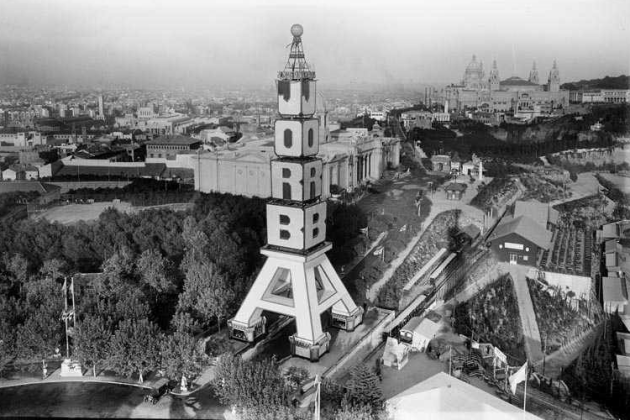
The second detail, mentioned by Grandas, may be minor, but it reflects Barcelona's relationship with the Eiffel Tower. As part of several projects for the redevelopment of Plaça Catalunya, the architect Francesc de Paula Nebot i Torrents - designer of, among other works, the remodeling of the Palau Reial de Pedralbes and the Cinema Coliseum - proposed a plan in which, to set the dimensions of the future and still unresolved square, included "the Eiffel Tower, more than three hundred metres high, placed between the top of the Rambla and the start of Passeig de Gràcia". Although the drawing was only intended to exemplify the dimensions of the space, it cannot be ruled out that someone took it as a proposal to build the actual tower in Plaça Catalunya. Of course, this was in the 1920s, that is to say, more than thirty years after the tower was erected in Paris.
For all that and in conclusion, it must be stressed that it is false that Eiffel ever offered his tower to Barcelona and that the council rejected it, but it is true that, in the context of the exhibitions of 1888 in Barcelona and 1889 in Paris, there was a certain fashion for erecting large towers. It can also be confirmed that Barcelona rejected three towers similar to that of Eiffel, and this could be the kernal of truth on which the fake news has flowered. And what's more, it may be inappropriate to spread urban legends, but dreaming is free, and imagining an Eiffel Tower in the middle of the Parc de la Cuitadella never hurt anyone either. Of course, the subsequent debate on whether the landmark should then have been retained or dismantled after the end of the Expo would have been huge and historic... and very typical of Barcelona!

